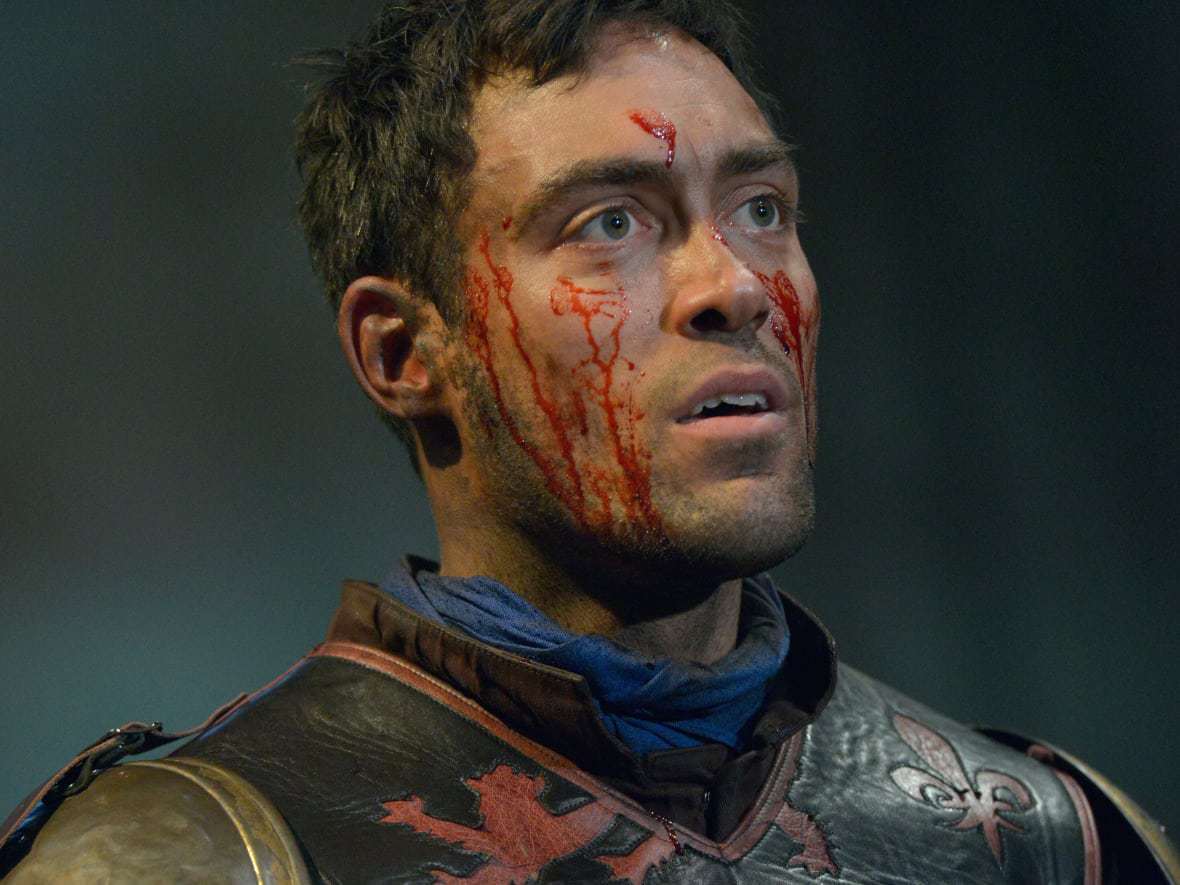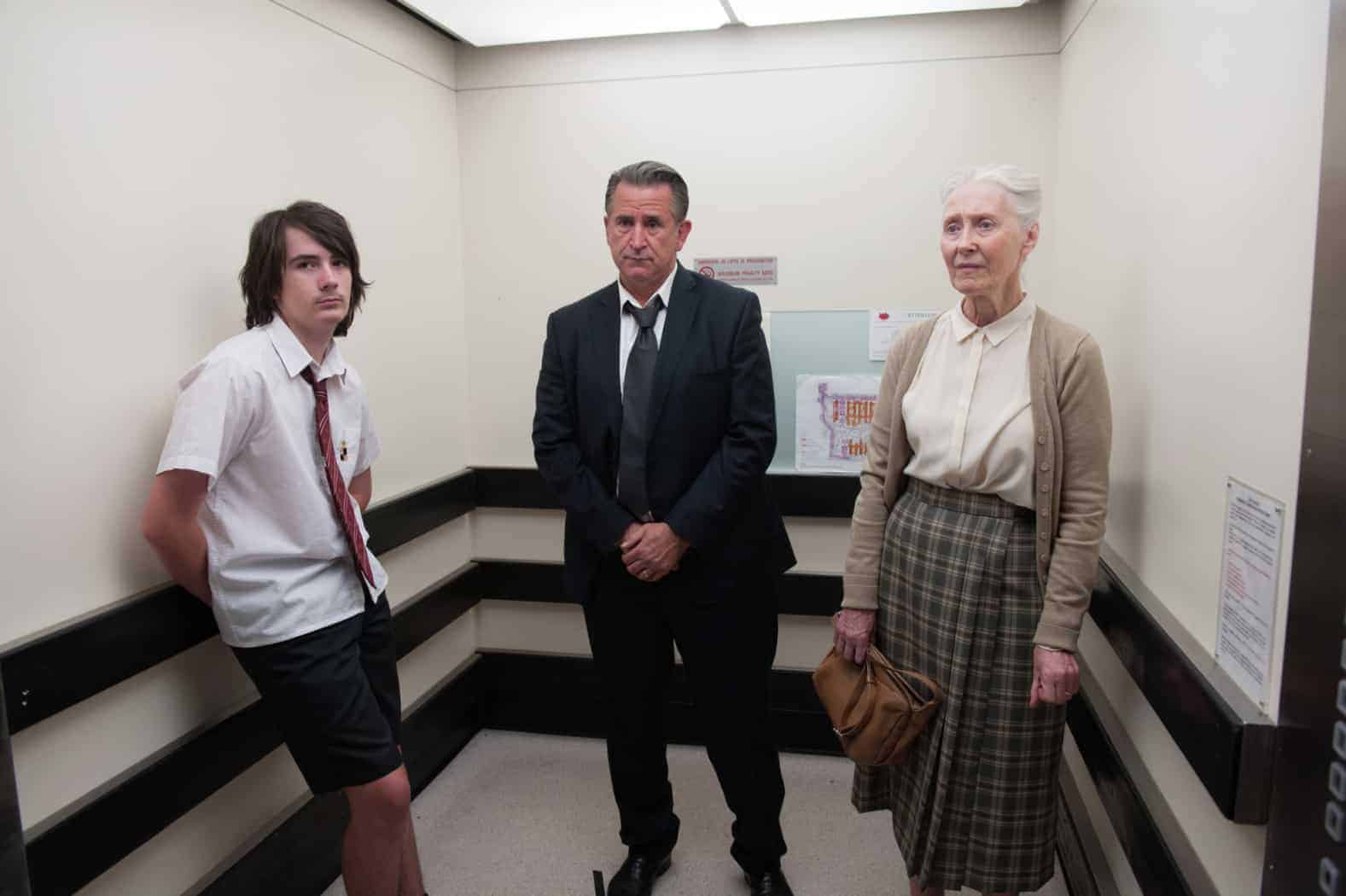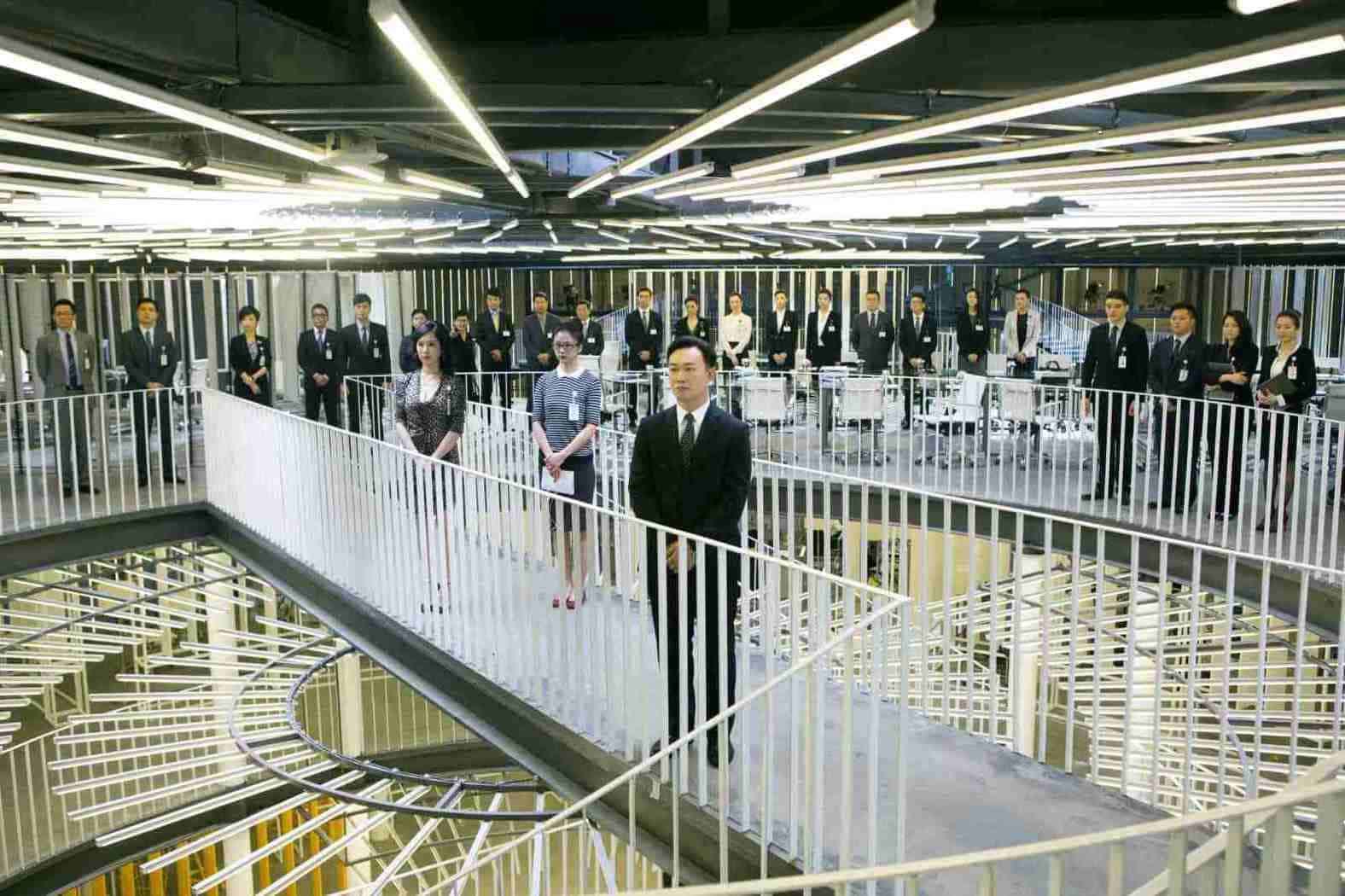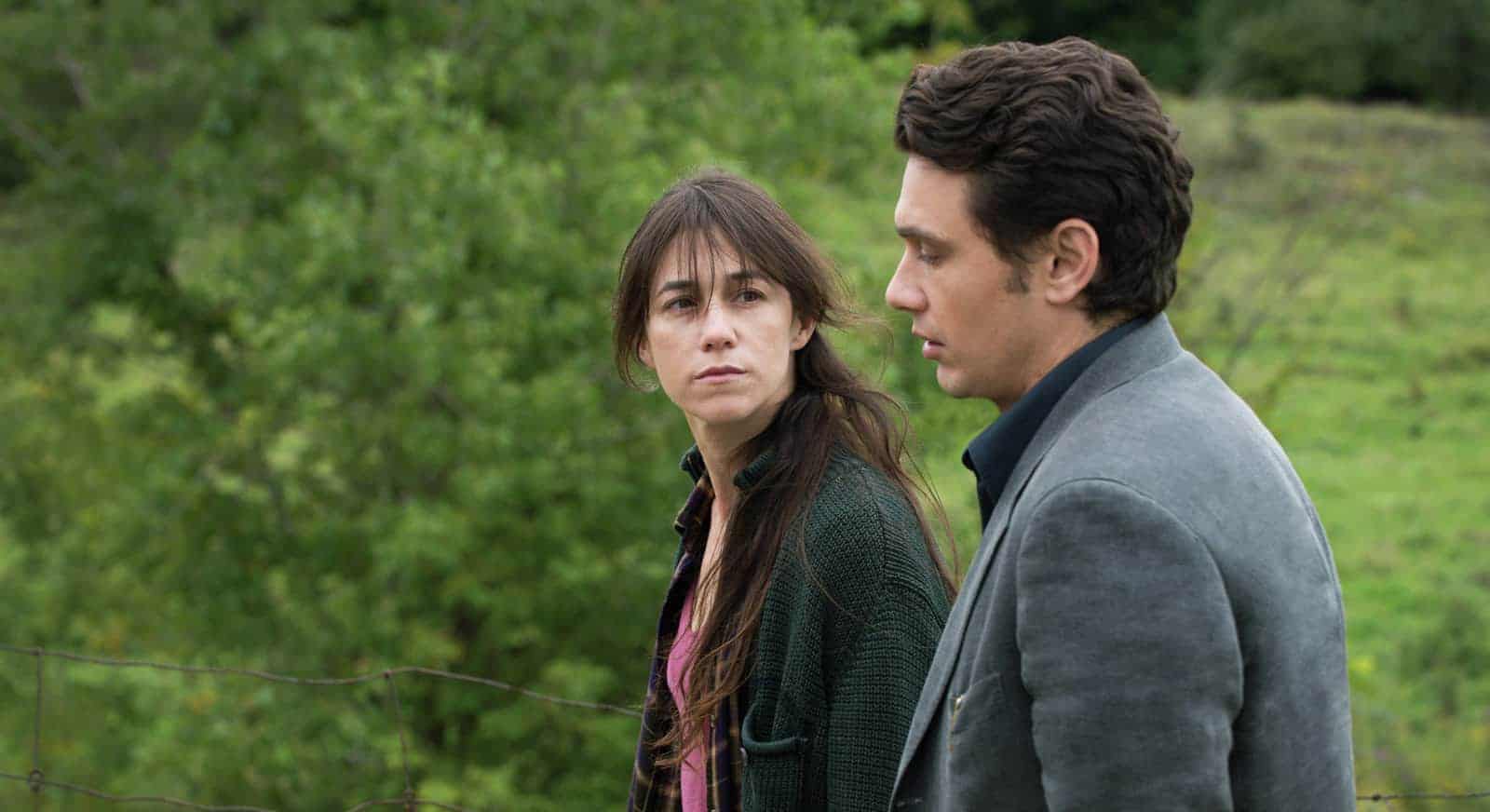In 45 Years, Andrew Haigh uses sound and very precise framing to develop a complex, cinematic story of a long-term relationship. Read our book about Andrew Haigh’s Lean on Pete.
Blocking
Director Andrew Haigh talks 45 Years
Andrew Haigh discusses shooting long takes, keeping us in Kate’s head space, and editing the film before the editing room.
Henry V at the RSC is more Hal than Harry
Shakespeare’s Henry IV Parts 1 and 2 chronicle the growth of feckless frat boy Hal into sober ruler-in-waiting Harry. Henry V should be the culmination of that transformation: the growth of a young King into a leader. Yet the Royal Shakespeare Company’s production of Henry V feels more like Henry IV Part 3. Though this entertaining production is well-acted and effectively staged, Henry himself still acts like a prince and not a king. This may be Director Gregory Doran’s aim: showcase Harry’s (Alex Hassell) ongoing maturation by starting him off as green and unimposing. But Shakespeare’s original text establishes Henry as a man who wields authority: he is a “dread sovereign,” “terrible in constant resolution.”
A Month of Sundays director Matthew Saville talks TV vs. film
Writer-director Matthew Saville discusses his film A Month of Sundays and TV show Please Like Me at TIFF15.
TIFF15: Johnnie To’s Office combines corporate intrigue with musical theatre
Johnnie To borrows from the conventions of theatre, especially in his set design, to craft a satirical corporate musical.
TIFF15: Masterful 3D is vital to the domestic drama in Every Thing Will Be Fine
Whether it’s making you feel like you’re gazing at the Chauvet caves in Southern France in Cave of Forgotten Dreams or making you aware of how small a boy is in a big, scary, Dickensian adult world in Hugo, 3D can be an essential tool for storytelling. Ever since Wim Wenders started using the technology, to […]





